Hydrochloric Acid 37% Premium ACS Reagent Grade
$14.99 – $57.00
Chemical Information
- Chemical Name: Hydrochloric Acid
- CAS Number: 7647-01-0
- Molecular Formula: HCl
- Molecular Weight: 36.46 g/mol
- Appearance: Clear, colorless to slightly yellow liquid
- Odor: Pungent, strong acidic odor
- Purity: 37% (High-purity industrial/concentrated grade)
Physical & Chemical Properties
- Density: ~1.19 g/cm³
- Boiling Point: 48°C (118°F)
- Melting Point: -26°C (-15°F)
- pH (1M Solution): ~-1.1
- Solubility: Completely miscible in water
- Reactivity: Highly reactive with metals, bases, and organic compounds
- Corrosiveness: Strongly corrosive to skin, metals, and organic materials
Mechanical & Stability Properties
- Thermal Stability: Stable under normal storage conditions
- Oxidation Resistance: Non-oxidizing but reacts with oxidizing agents
- Volatility: High vapor pressure – requires proper containment
- Compatibility: Avoid contact with bases, oxidizers, and organic materials
Documents: Safety Data Sheet (SDS)
Description
Hydrochloric Acid 37% is a high-concentration, strong mineral acid widely used in chemical manufacturing, metal processing, pH control, and industrial cleaning. Known for its high reactivity and corrosive properties, this acid is an essential component in laboratories, water treatment, pharmaceuticals, and petroleum refining. Available in various grades, Hydrochloric Acid 37% is an effective descaling agent, etchant, and chemical reagent used across multiple industries.
Applications for Hydrochloric Acid 37% :
1. Chemical Manufacturing & Industrial Processing
- pH Control: Used to adjust pH in water treatment and chemical processes.
- Acid Neutralization: Reacts with bases to form neutral salts.
- Organic & Inorganic Synthesis: Used in hydrolysis, catalyst activation, and chlorination reactions.
2. Metal Processing & Surface Treatment
- Steel Pickling: Removes oxides, rust, and scale from metals.
- Etching & Electroplating: Prepares metal surfaces for coatings and plating.
- Aluminum & Titanium Cleaning: Used in aircraft and automotive industries.
3. Water Treatment & Descaling
- Industrial Water Treatment: Removes scale and deposits in boilers and pipelines.
- Swimming Pool pH Balancing: Controls alkalinity in pool water.
- Descaling Agent: Breaks down mineral buildup in industrial systems.
4. Petroleum & Gas Industry
- Oil Well Acidizing: Enhances oil and gas flow from reservoirs.
- Refinery Processing: Used in hydrochloric acid-based crude refining.
5. Food & Beverage Industry
- Food Acidification: Used in sauces, canned goods, and pH control.
- Beverage Processing: Regulates acidity levels in sodas and juices.
6. Pharmaceuticals & Medical Applications
- API Synthesis: Used in the manufacturing of active pharmaceutical ingredients (APIs).
- Laboratory Reagent: Essential for titration, buffer preparation, and quality control.
7. Cleaning & Industrial Maintenance
- Industrial Cleaning Agent: Removes stains, deposits, and corrosion.
- Concrete Cleaning: Cleans bricks, tiles, and cement surfaces.
- Masonry Cleaning: Eliminates lime and calcium buildup.
Storage
- Store in a cool, well-ventilated area away from heat sources and direct sunlight.
- Keep in chemically resistant containers (HDPE, glass, or acid-resistant plastic).
- Ensure containers are tightly sealed to prevent gas release and fume exposure.
Handling
- Use protective gloves, safety goggles, and chemical-resistant clothing.
- Avoid direct contact with skin, eyes, and respiratory system.
- Work in a fume hood or well-ventilated area to reduce inhalation risk.
Safety
- Hazard Classification: Highly corrosive and toxic if inhaled or ingested.
- GHS Classification: Corrosive to metals (Category 1), Skin corrosion (Category 1A).
- Environmental Impact: May cause water pollution if not disposed of properly.
- Regulatory Compliance: Complies with OSHA, REACH, GHS, DOT, and industrial safety regulations.
Additional information
| Weight | 1.36 kg |
|---|---|
| Dimensions | 12.7 × 12.7 × 25.4 cm |
| Size | 500mL (16 Fl Oz), 1000mL (32 Fl Oz), 1 Gallon (128 Fl Oz) |
1 review for Hydrochloric Acid 37% Premium ACS Reagent Grade
Related products
-
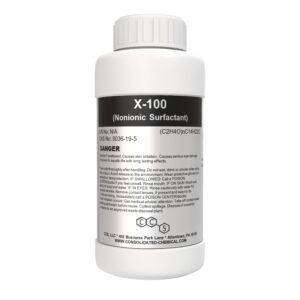
X-100 Nonionic Surfactant – High Performance
$15.99 – $99.99 Select options This product has multiple variants. The options may be chosen on the product page -
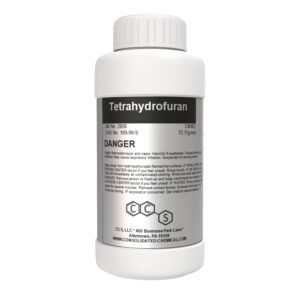
Tetrahydrofuran (THF) – Premium High Purity Solvent
$18.00 – $600.00 Select options This product has multiple variants. The options may be chosen on the product page -
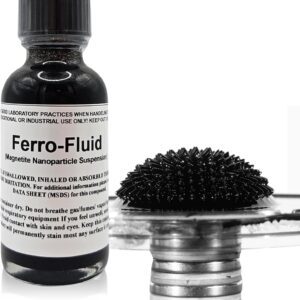
Ferrofluid Magnetic Liquid
$12.00 – $260.00 Select options This product has multiple variants. The options may be chosen on the product page -

Potassium Phosphate, Dibasic – Food Grade Additive
$14.99 – $27.99 Select options This product has multiple variants. The options may be chosen on the product page


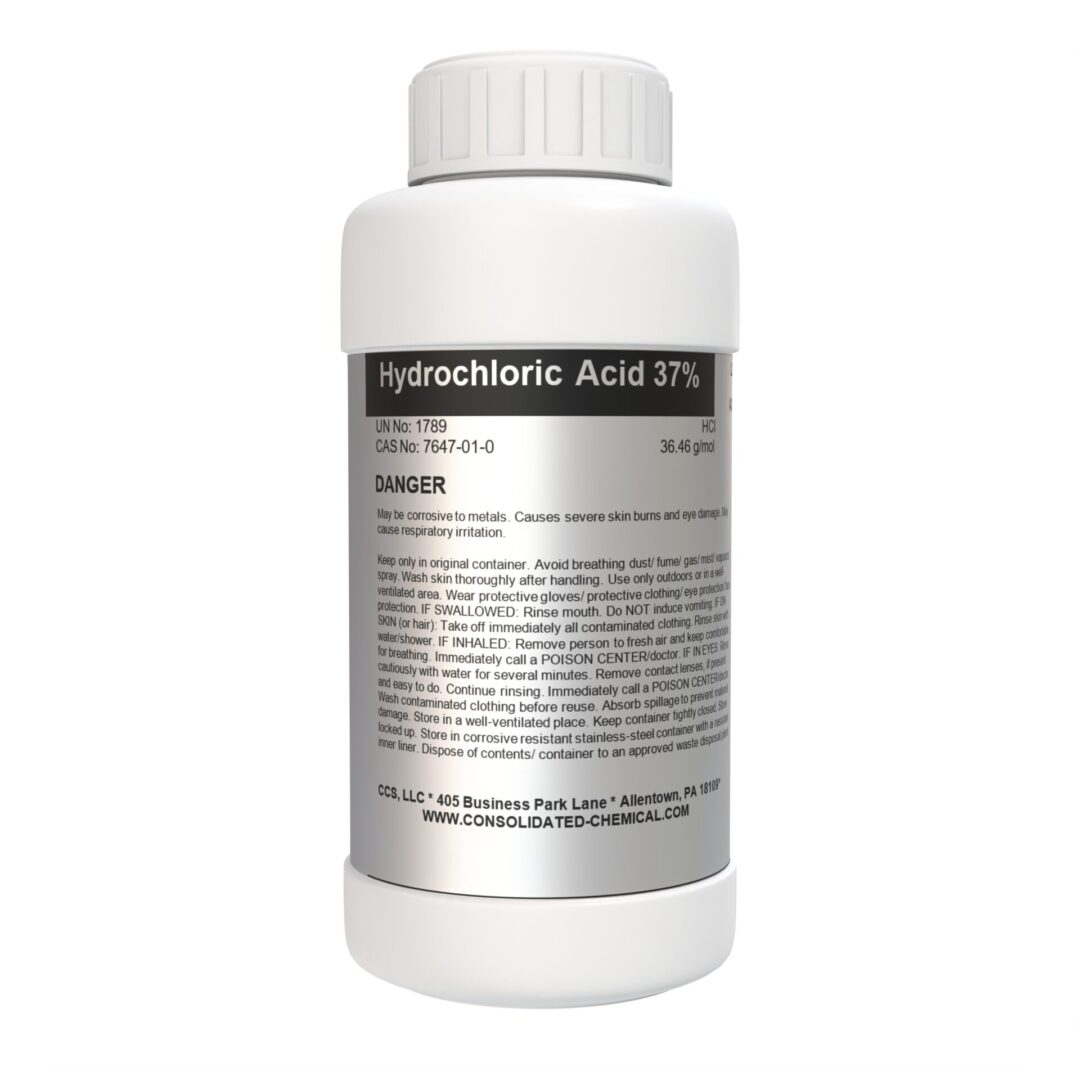
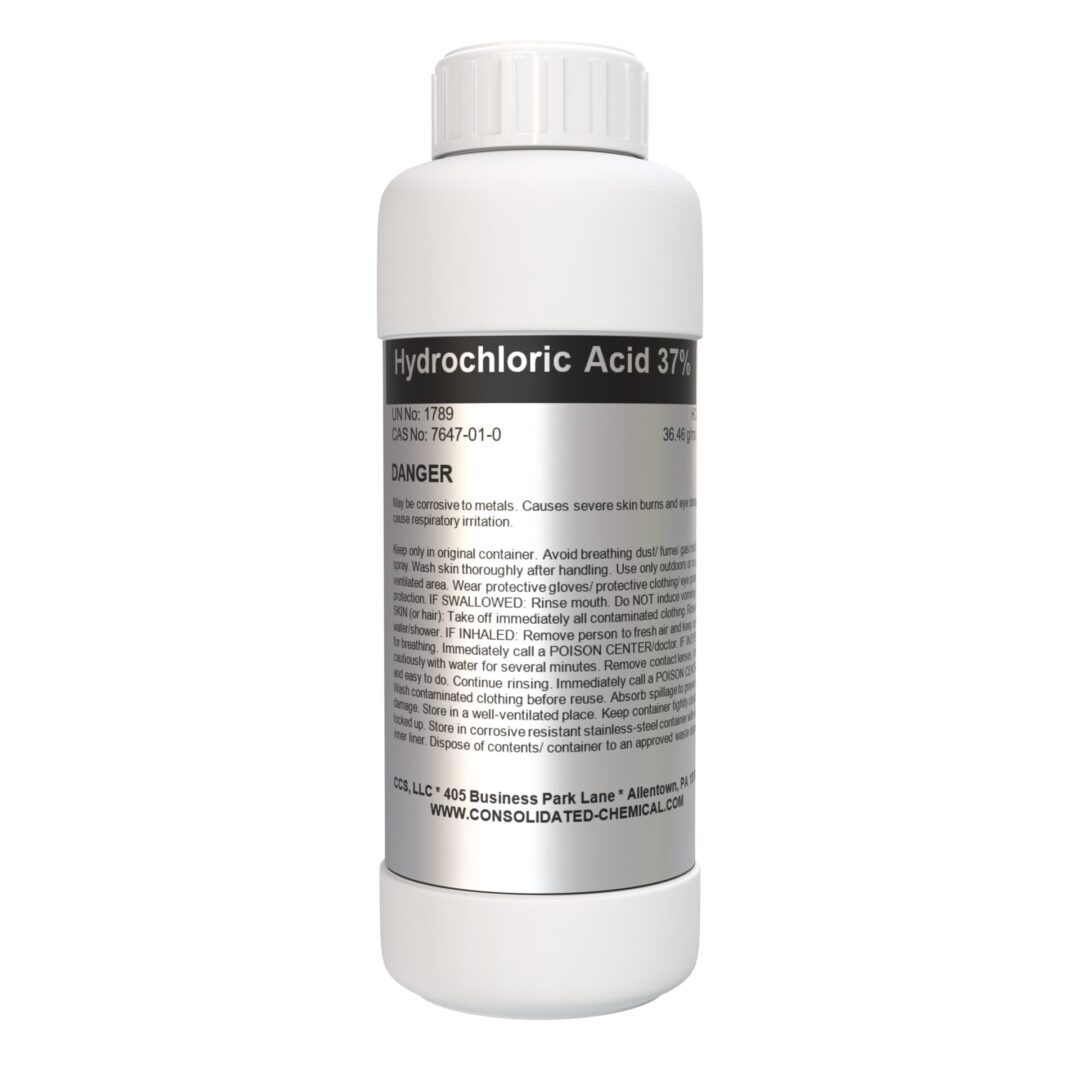
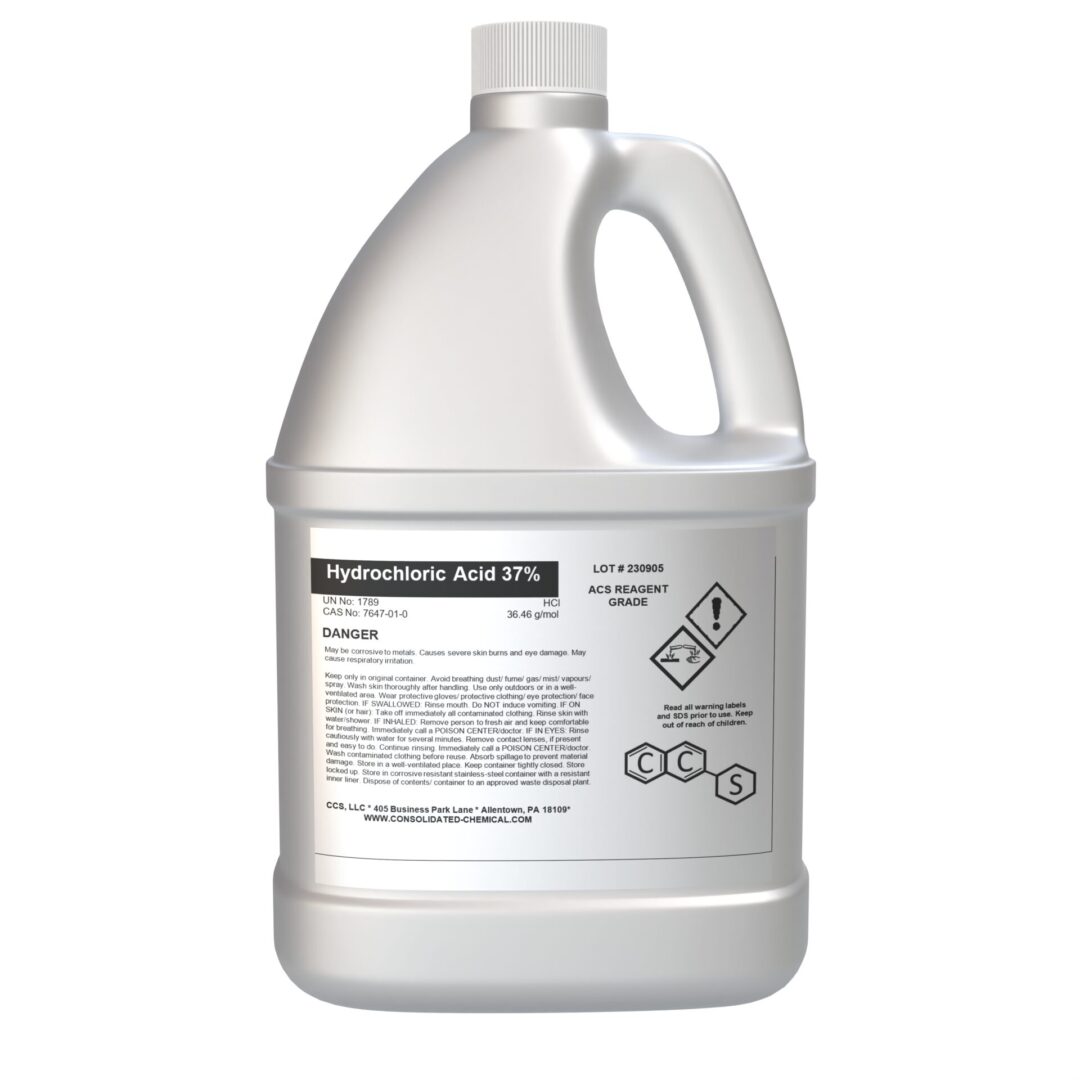
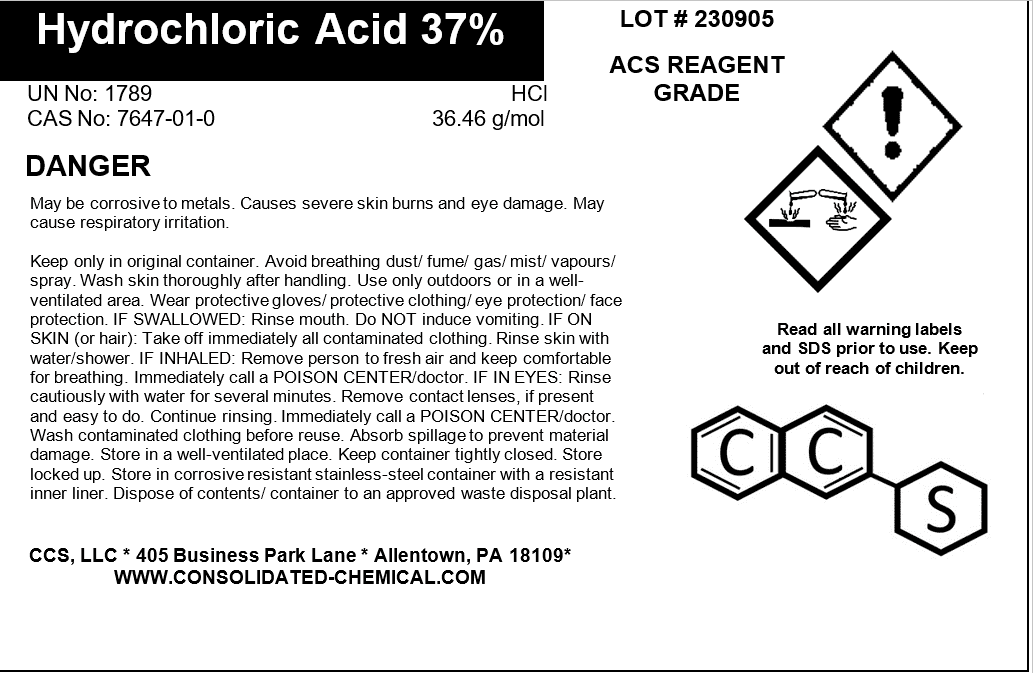
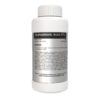
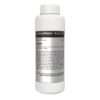
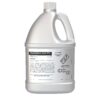
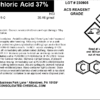
Robertfut –
Hello, apologies for disturbing you, but I need some help. My USDT TRX20 is in the OKX wallet, and the recovery phrase is [ clean party soccer advance audit clean evil finish tonight involve whip action ]. Can you guide me on how to move it to Binance?